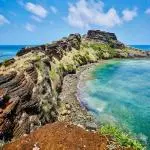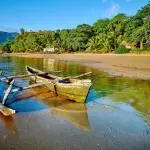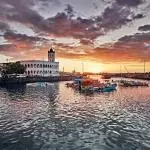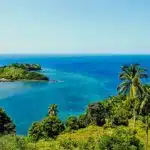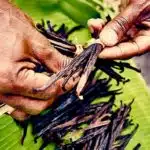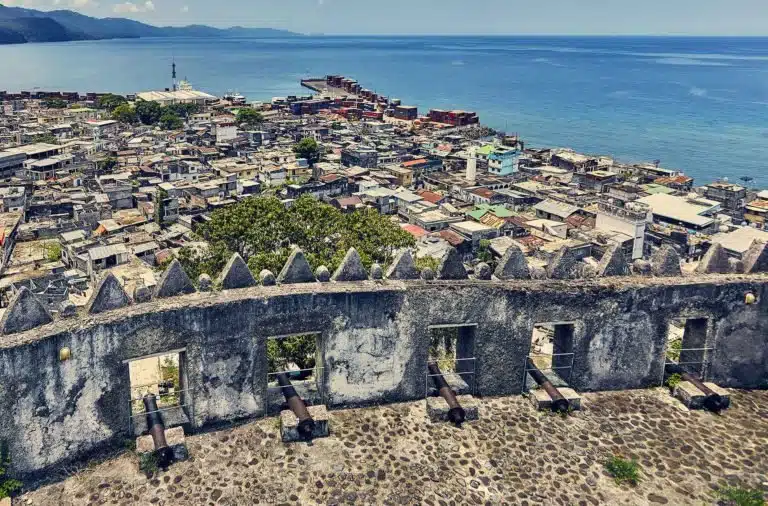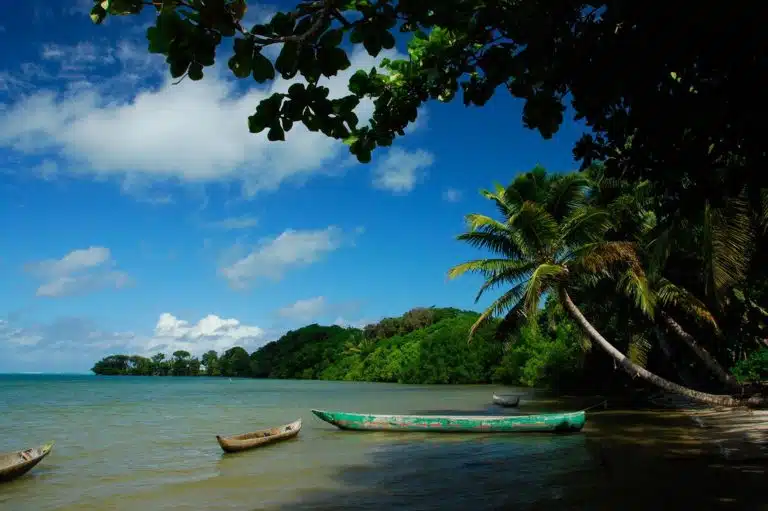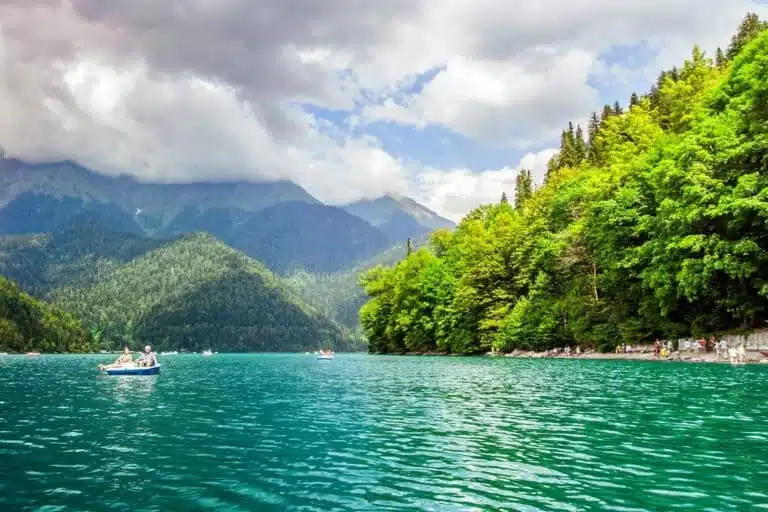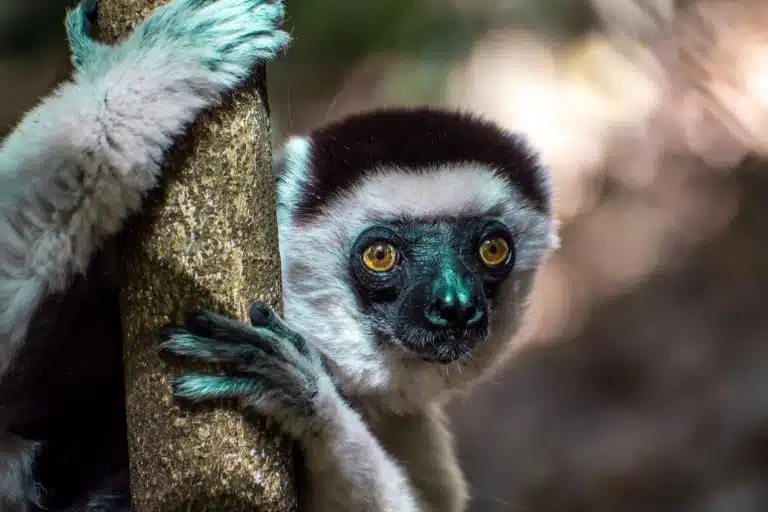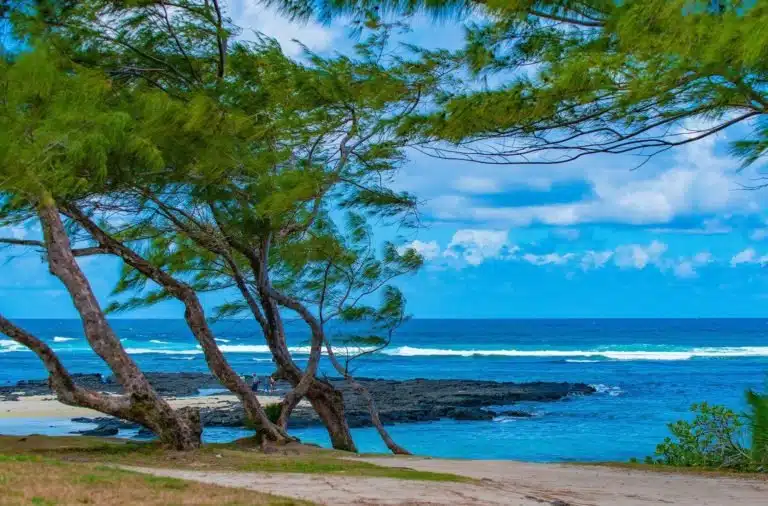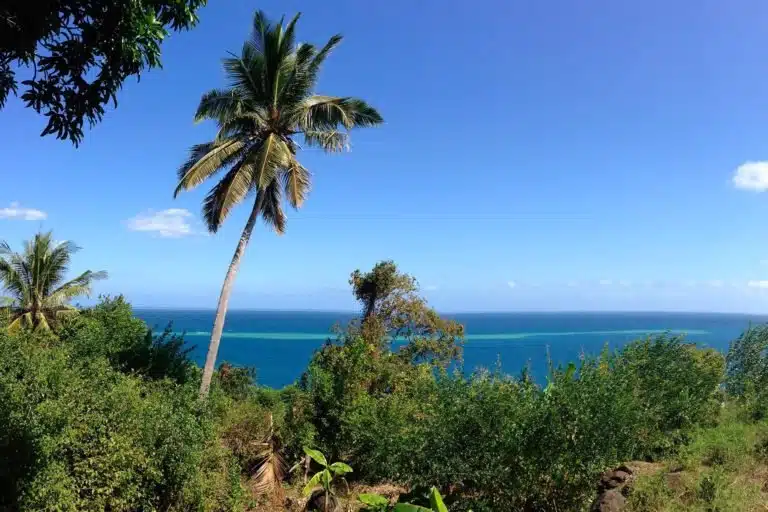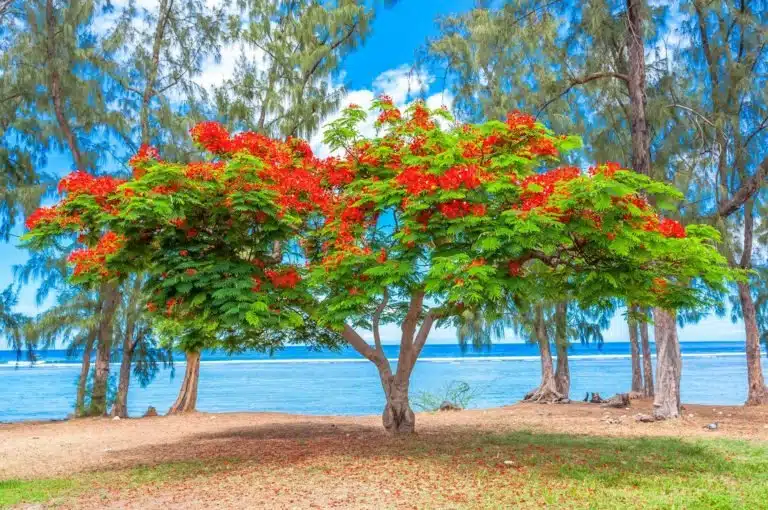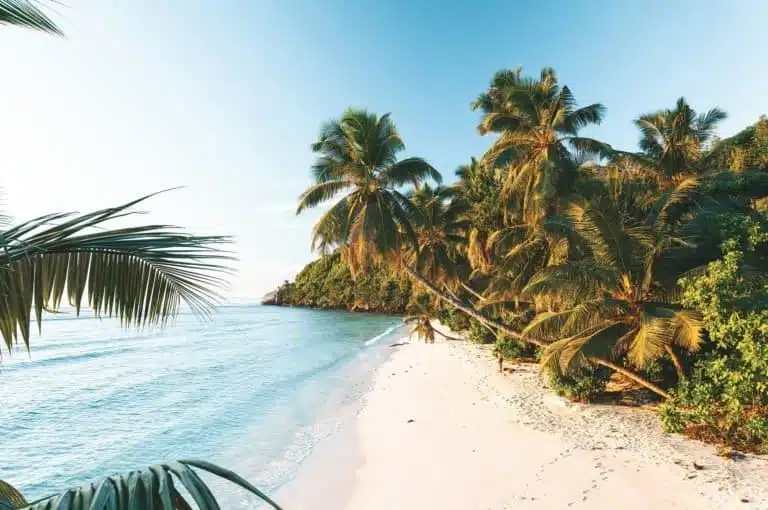COMOROS : A COUNTRY FOR ECOTOURISM
The union of Comoros is a group of three. The island of grand comores, moheli and anjouan. The island of Mayotte is part of Comoros island but not of the union. Situated in the Mozambique channel on the east coast of Africa, the union is member of african union.
The insularity of the Comoros leads to many areas of natural beauty and an incredibly unusual landscape. The rate of endemism of terrestrial and marine fauna and flora, including algae, is very high. So it’s understandable that the Comoros sees ecotourism as a top priority.
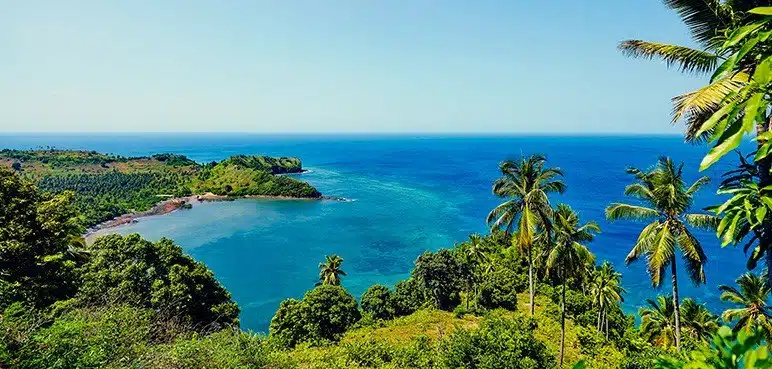
NATURAL BEAUTY OF THE COMOROS – DISTINGUISH FEATURES
DENSE FOREST
The forest is dense with a very varied make-up and numerous endemic species and subspecies.
THE TERRESTRIAL FLORA OF THE COMOROS ISLANDS
The flora is part of daily life and is used in many different spheres. Plants are used for food, for medicine, in artisanal cosmetics, in perfumes and decoration. There are more than 2,000 species of flora in the Comoros. The ylang ylang used in the perfume industry is an asset of the archipelago.
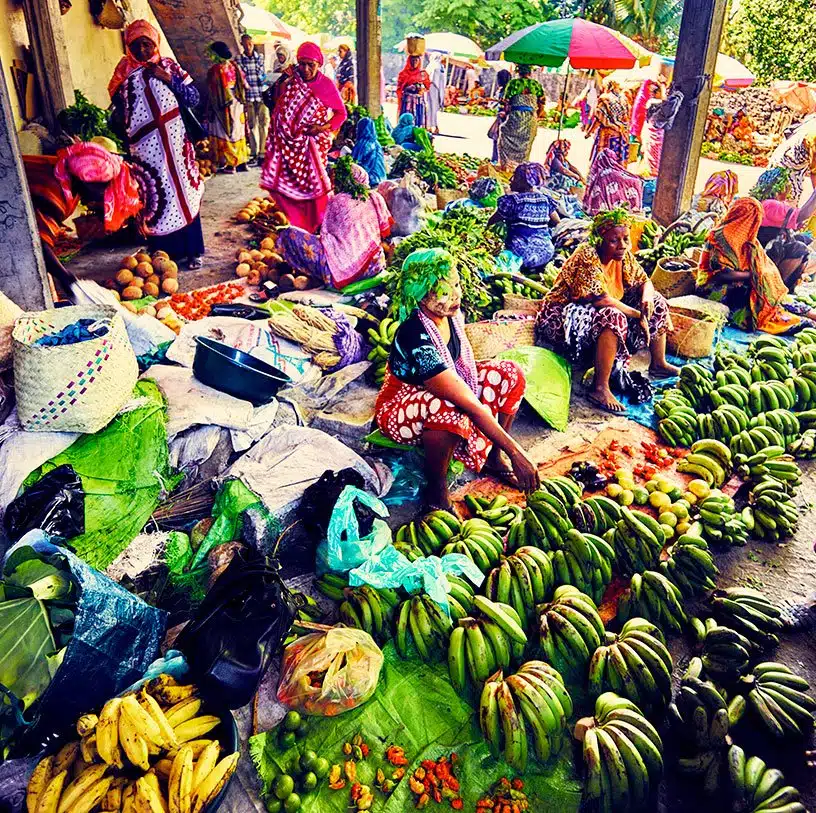
TERRESTRIAL FAUNA
Just like the flora, the fauna is diverse and balanced, although there are few large mammals. There are more than 24 species of reptiles including 12 endemic species. 1,200 species of insects and a hundred species of birds can be observed.
A UNIQUE COASTLINE AND EXCEPTIONAL MARINE BIODIVERSITY
The volcanic activity designed the coastline. Mangroves can be found across the islands. They are productive, providing organic materials and a habitat suitable for many species. Terrestrial, freshwater (birds, etc.), marine wildlife (fish, crustaceans, molluscs and various other invertebrates) are in the mangroves.
CORAL REEFS IN THE COMOROS ISLANDS
Coral reefs are appealing for tourists. They are extraordinarily colourful, forming intriguingly shaped habitats and are home to numerous species of wildlife. The reefs are a fascinating world to explore when diving and are an important tourist draw for our visitors.
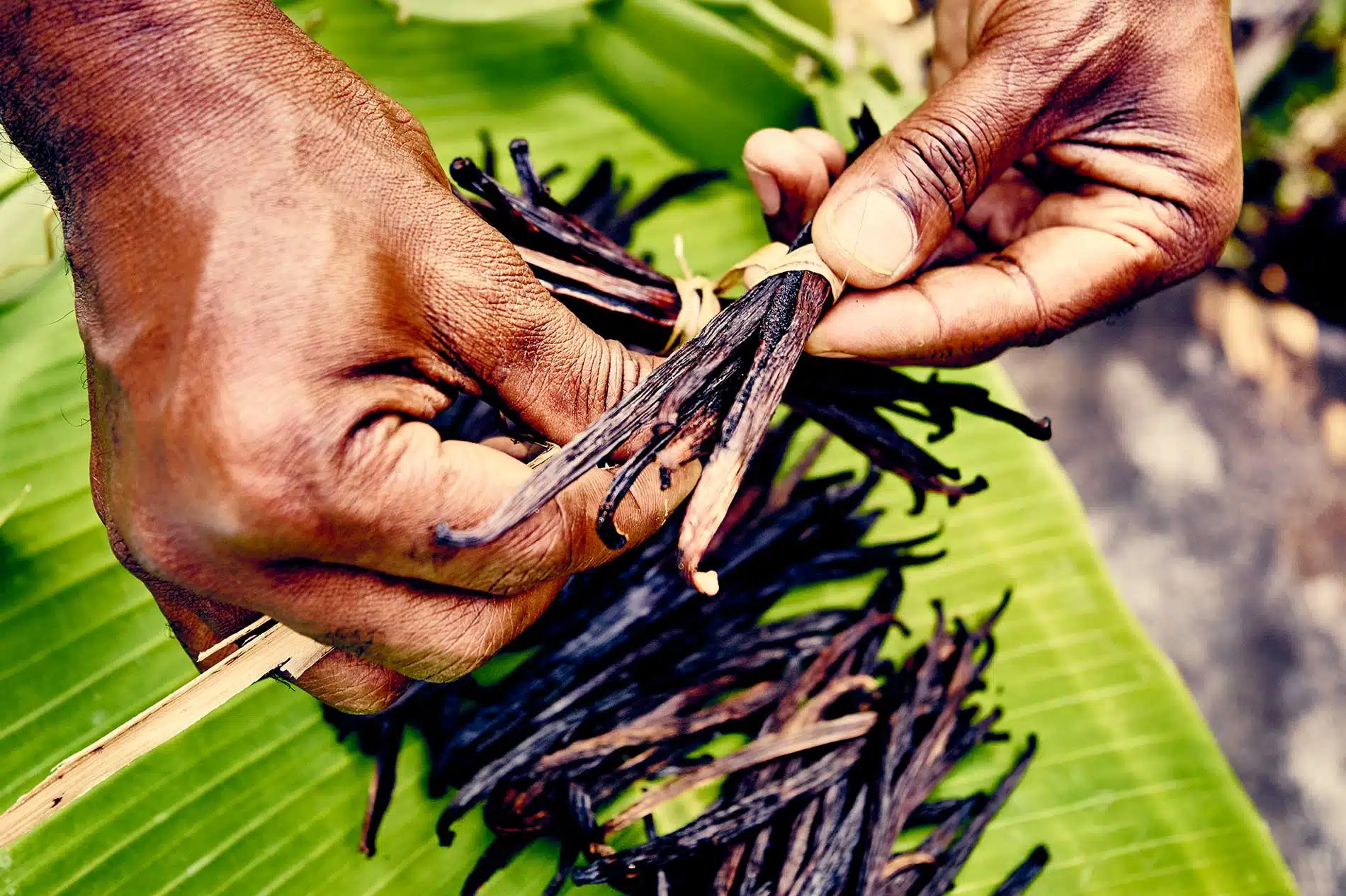
MARINE FAUNA
Coastal and marine fauna of the Comoros is varied and includes species of global significance. The islands’ seas and coasts are home to truly extraordinary sights. There are about 820 species of saltwater fish, including the coelacanth, along with sea turtles, humpback whales and dolphins.
THE MARINE FLORA
Plants are both interesting and environmentally important because they support many fixed organisms and give refuge to many marine species.


